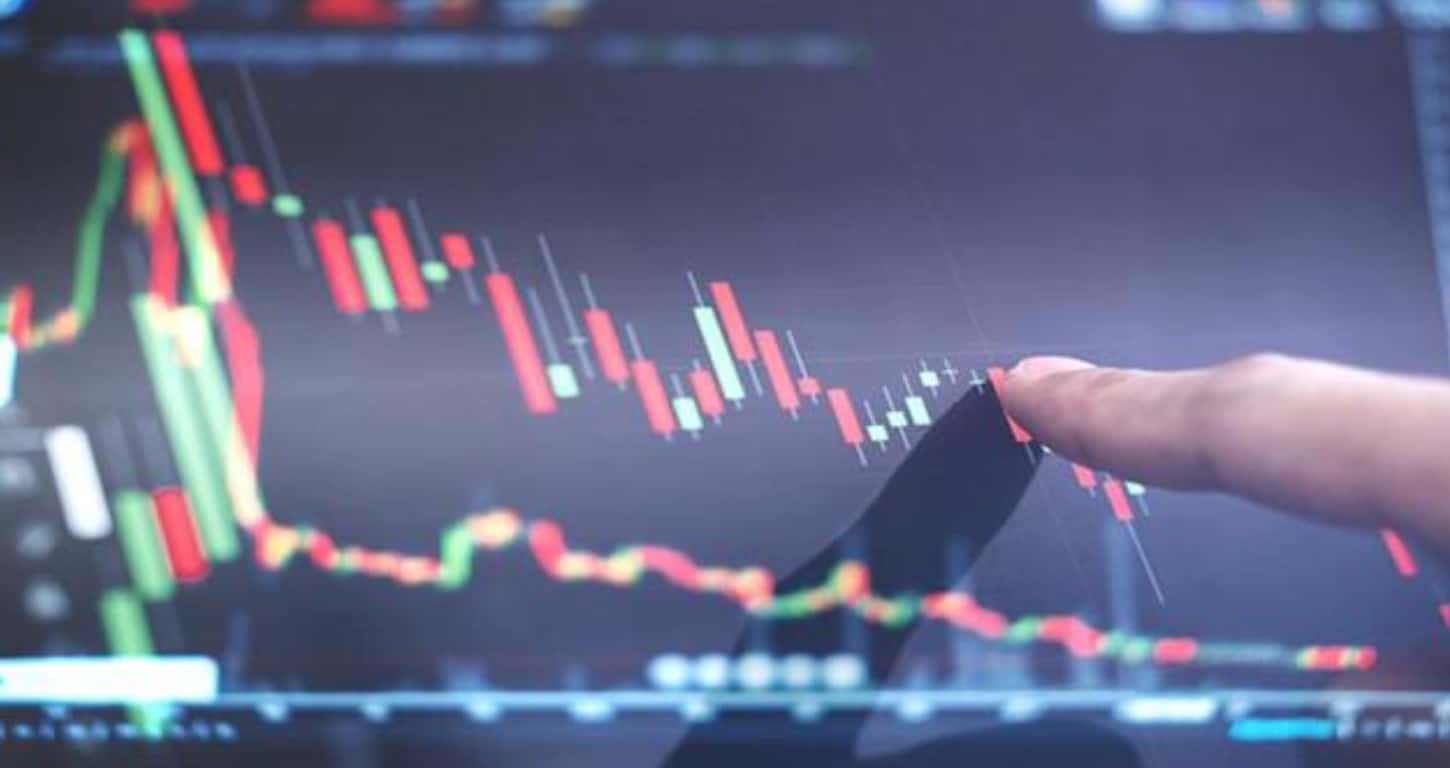Stocks climbed for a third consecutive session on Friday as investors digested strong tech earnings and looked past concerns about high inflation and a recessionary environment.
All of the major averages rose to a winning week and their best month of 2022. The Dow Jones Industrial Average advanced 315.50 points, or nearly 1%, to 32,845.13. The S&P 500 jumped 1.4% to 4,130.29, and the Nasdaq Composite added about 1.9% to end the day at 12,390.69.
For the week, the Dow ended higher by nearly 3%, while the S&P 500 and the Nasdaq Composite gained about 4.3% and 4.7%, respectively.
The Dow rose to a 6.7% gain for July. The S&P 500 added 9.1% for the month. The Nasdaq Composite, while still in bear market territory, is up roughly 12.4%. Those were the biggest monthly gains for all three indexes since 2020.
That performance is a stark contrast from the previous six months when stocks tumbled to their June bear market levels. The market reversed as investors’ fears about the aggressive pacing of the Federal Reserve’s interest rate increases started to wane and the idea that inflation has perhaps peaked began to settle in.
“Starting from a position of depressed sentiment and bearish positioning was an asset, but the bigger picture was a subtle shift in inflation and inflation expectations, and thus the market’s expectation for the Fed’s path,” said Ross Mayfield, investment strategy analyst at Baird. “Of late, corporate earnings resilience has only added to the bull case and likely put a near-term floor under equity markets.”
Still, some have remained worried about inflation levels with Russia’s ongoing war on Ukraine and the possibility that markets could turn lower again. On Friday, the Bureau of Economic Analysis reported that June’s personal consumption expenditures index climbed 6.8% on a 12-month basis. This inflation indicator, which is watched closely by the Fed, hit its highest level since January 1982.
“This may just prove to be a bear market rally in the end – they are very common during longer bear markets – but the combination of rate reprieve, bearish sentiment and positioning, and corporate and consumer resilience in the face of inflation has been enough to spark a rally in risk assets,” Mayfield said.
On Friday, investors also got the final reading of the University of Michigan Consumer Sentiment Index, which came in at 51.5 for July. That’s a slight improvement over the preliminary reading and up from the June all-time low of 50.
Big Tech earnings lift indexes
Nevertheless, gains from two of the market’s biggest stocks led the major averages higher. Amazon shares popped nearly 10.4% after the e-commerce giant reported stronger-than-expected sales for the previous quarter, while Apple climbed 3.2% after posting better-than-expected iPhone revenue.
Chevron and Exxon Mobil also posted better-than-anticipated results for the previous quarter, sending their shares higher by 8.9% and 4.6%, respectively.
However, the latest batch of corporate results has been mixed.
Shares of Roku sank about 23.1% after the company missed estimates and warned of a slowdown in advertising. Chipmaker Intel dropped nearly 8.6% after its quarterly results fell short of expectations.
“The market is taking a lot of comfort in the mixed earnings season because the concern was that it was not going to be mixed, that it would be more uniformly negative,” said Yung-Yu Ma, chief investment strategist at BMO Wealth Management. “That that didn’t happen allowed investors to realize that a major implication of all the risk certainties now is that we’re going to see a lot more dispersion at the individual company level.”
For example, while Intel lowered its full-year expectations, Microsoft issued a rosy income forecast for the year ahead. While Walmart cut its profit outlook, Amazon gave upbeat guidance.
“You think that their fortunes are tied together pretty closely, but you see one struggling a bit more than the other,” he said. “From one standpoint, that’s not great – it creates some uncertainty and risk around individual companies – but it’s also comforting that it’s not uniformly negative and some companies are able to manage costs, grow revenues and maintain profit margins better.”
More than half of S&P 500 companies have reported earnings, with 72% of those names beating expectations, FactSet data shows.
The week’s gains come after investors shook off a three-quarters of a percentage point hike from the Federal Reserve on Wednesday and a negative GDP reading on Thursday.
“The market is taking on a hope that slowing economic growth is going to result in a more dovish Fed moving forward, even if it’s a little further out. So it would make sense to me that weaker rates expectations moving forward would result in a little buoyancy in the equity markets,” said Lauren Goodwin, economist and portfolio strategist of New York Life Investments.
However, Goodwin cautioned that the unusual economic environment and the long period before the next Fed meeting make it difficult to predict the central bank’s path from here.
Ma agreed, saying the extent to which the market has looked past some unfavorable data points is “impressive” but that current optimism shouldn’t be taken for granted.
“That’s a residual effect of how negative the market was coming in to the month,” he said. “The market psychology comes and goes in waves and in the current environment, those waves are very much compressed, given all the uncertainty in the environment. It could be the case that some relatively modest data next week changes the market’s focus and narrative that persisted throughout much of July.”

